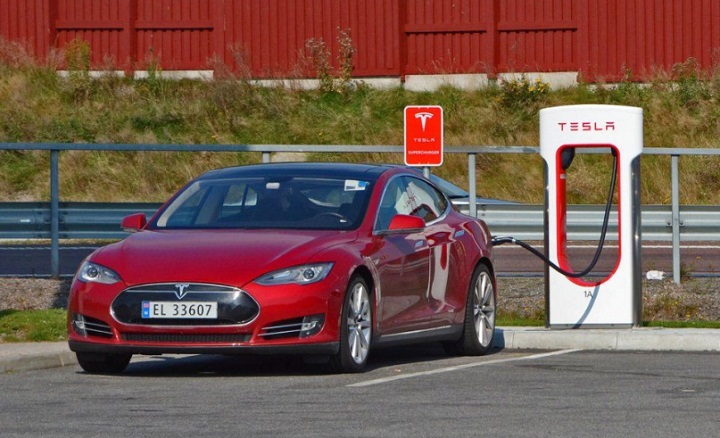A group of hedge funds have accumulated a large stockpile of cobalt, which caused electric carmakers, including Tesla (NASDAQ:$TSLA), to start running around trying to secure shipments of cobalt. Nearly half a dozen hedge funds, such as Pala Investments and Shanghai Chaos, have bought and stored roughly 6,000 tonnes of cobalt. According to investors, this is worth $280 million. The stockpile that these hedge funds have amassed are equal to 17% of 2016’s global output of cobalt.
The majority of electric car companies have started to increase the use of batteries containing cobalt. As a result, investors are now in the position to profit from the demand for cobalt, which is one of the main power sources for lithium-ion batteries. These companies believe that the demand for electric vehicles will surpass expectations and increase the price of cobalt as a number of battery manufacturers, including Panasonic, are scrambling to secure cobalt supply.
According to the CRU group, the demand for cobalt is already predicted to exceed supply in 2017 by 900 tonnes. Due to the popularity of the hybrid and electric car sector, which grew output by 41% in 2016, CRU believes that the demand for the metal will increase by 20% a year throughout the next five years.
Since November, cobalt prices have increased more than 50% to $21 and there’s the possibility that it will increase even further. Similar circumstances occurred in 2007 when the market saw cobalt prices rise to $50 a pound, before they dropped to $10 in 2015.
Glencore (LON:$GLEN) is Swiss commodity trading and mining company and their chief executive, Ivan Glasenberg, stated, “there’s going to be a bigger demand for cobalt.” Essentially every dollar that rises in the price of cobalt will produce roughly $55 million in earnings for Glencore.
There are only a couple cobalt companies outside of China, therefore hedge funds have to buy physical metal in order to articulate their bullish outlook on cobalt. Despite the LME having a cobalt contract, it is not heavily traded upon. When asked about the hedge funds decision to buy physical metals, one trader stated the following: “They quite rapidly decided that buying physical cobalt was the only way to get proper exposure to the cobalt price.”
That said, investors are aware that these hedge funds could struggle to sell cobalt for profit since the metal’s market is considerably small and the introduction of new supply has the potential to decrease prices.
Countries such as China are also helping to produce bullish expectations for demand. It is true that China’s electric vehicle sector has relied on batteries without cobalt in the past, but now carmakers are clueing in on the benefits and are starting to make the transition. Goldman Sachs (NYSE:$GS), for instance, has predicted that China’s use of the metal in their electric batteries will double by 2025.
All in all, the price surge of cobalt has caused battery makers to purchase more amounts of the metal in the spot market, thus benefiting the hedge funds that have a large stockpile of the metal.
Featured Image: twitter











